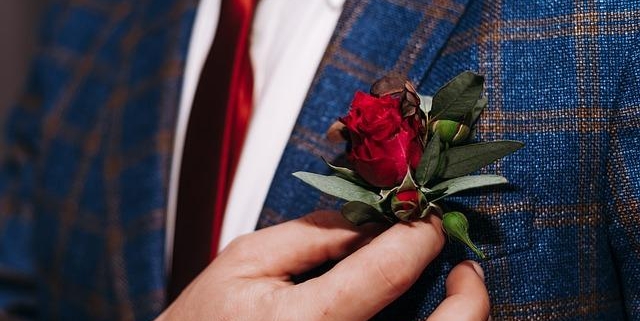
Boutonniere Deformity of the Finger
Overview
Boutonniere Deformity of the Finger is a health condition characterized by an abnormal bend in the middle joint of a finger, causing it to resemble a buttonhole (or boutonniere in French). This condition can affect one or more fingers and tends to develop over time, often making it difficult for patients to straighten the affected fingers.
Types
While Boutonniere Deformity typically affects the fingers, it can also, in rare cases, affect the toes. It does not have specific types or variants, but the severity can vary based on factors like cause, duration, and associated conditions.
Causes
Boutonniere deformity can be caused by a variety of factors. Some common causes include:
– Trauma to the finger: Sudden force or injury can damage the tendons in your finger, leading to this condition.
– Rheumatoid arthritis: This chronic inflammatory disorder can result in boutonniere deformity over time.
– Burns: Severe burns that damage the skin and tendons can sometimes lead to boutonniere deformity.
Symptoms
Common symptoms of Boutonniere Deformity include:
– Difficulty straightening the finger at the middle joint
– Inability to bend the end joint of the finger
– Swelling and pain around the middle joint
Less common or late-stage symptoms could include:
– Hardening or thickening of the skin around the joint
– Deformation visible to the naked eye
Diagnosis
The diagnosis of Boutonniere Deformity typically involves a physical examination of the hand by a healthcare professional. The doctor may ask to flex the finger, assess tenderness, swelling or visible deformity. In some cases, an X-ray may be required to confirm the diagnosis and rule out other conditions.
Treatment Options
Treatment for Boutonniere Deformity can be either conservative (non-surgical) or surgical, depending on the severity and underlying cause:
– Conservative treatment includes wearing a splint to keep the finger in a straight position, hand exercises to improve joint flexibility, and anti-inflammatory medication to manage pain and inflammation.
- Surgical intervention may be considered for severe cases, or when conservative treatment does not yield adequate results. This could include procedures to repair or even reconstruct the damaged tendon.
Living With Boutonniere Deformity of the Finger
With any long-term health condition, adapting to lifestyle changes is crucial. Here are several strategies to effectively manage Boutonniere Deformity:
– Consistently wear prescribed finger splints
– Undertake physical or occupational therapy to maintain joint function
– Be cautious of your hand posture while carrying out everyday tasks
– Regularly rest your hand to avoid strain and further injury
– Keep up with your medication regimen for pain management
When to Seek Help
Immediate medical attention should be sought if:
– There’s a sudden, intense pain in your finger following an injury.
– You’re unable to move or bend the finger at the middle joint.
– There’s significant swelling or if the area around the joint becomes hot, red, or tender.
– Deformity advances, causing distress or challenge performing routine tasks.
living with Boutonniere Deformity requires patience, adaptation, and proper care. But with awareness, adequate treatment and the right management strategies, it’s entirely possible to effectively manage this condition and maintain a quality lifestyle.
